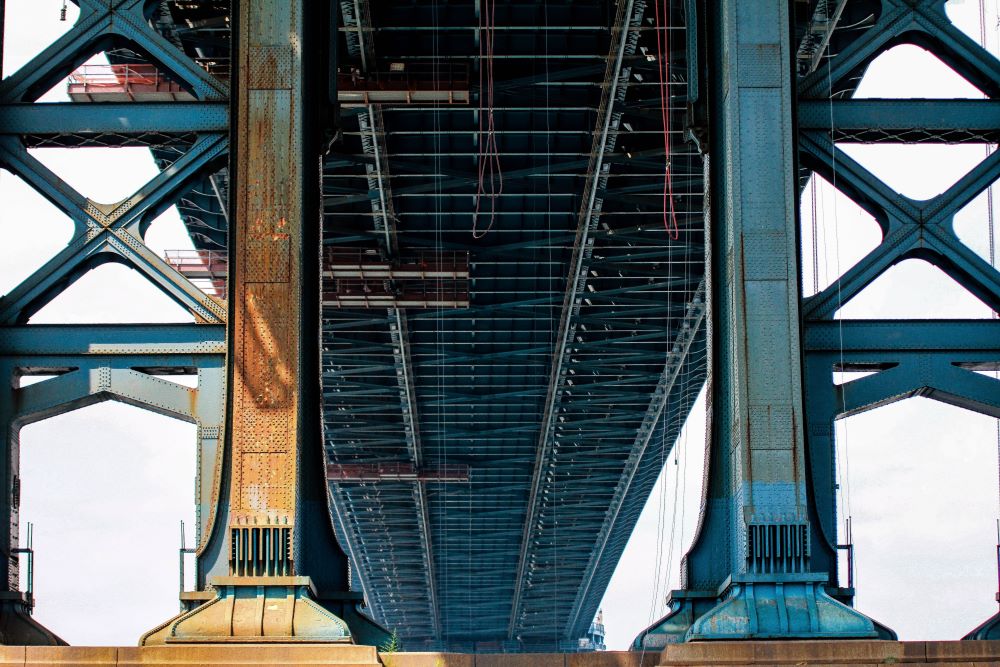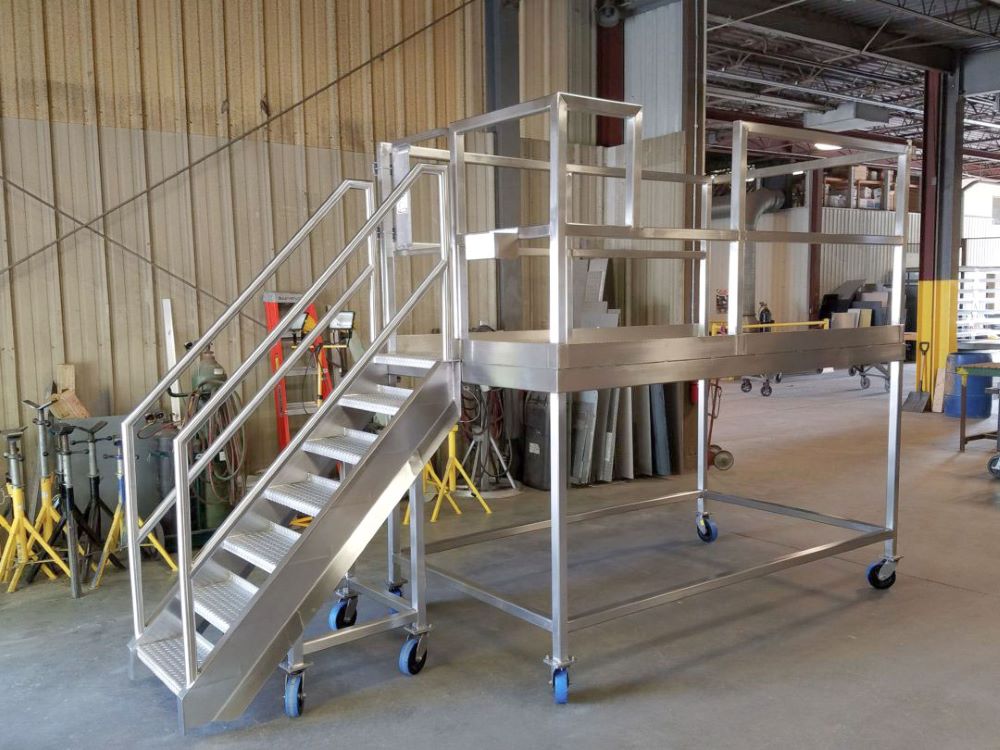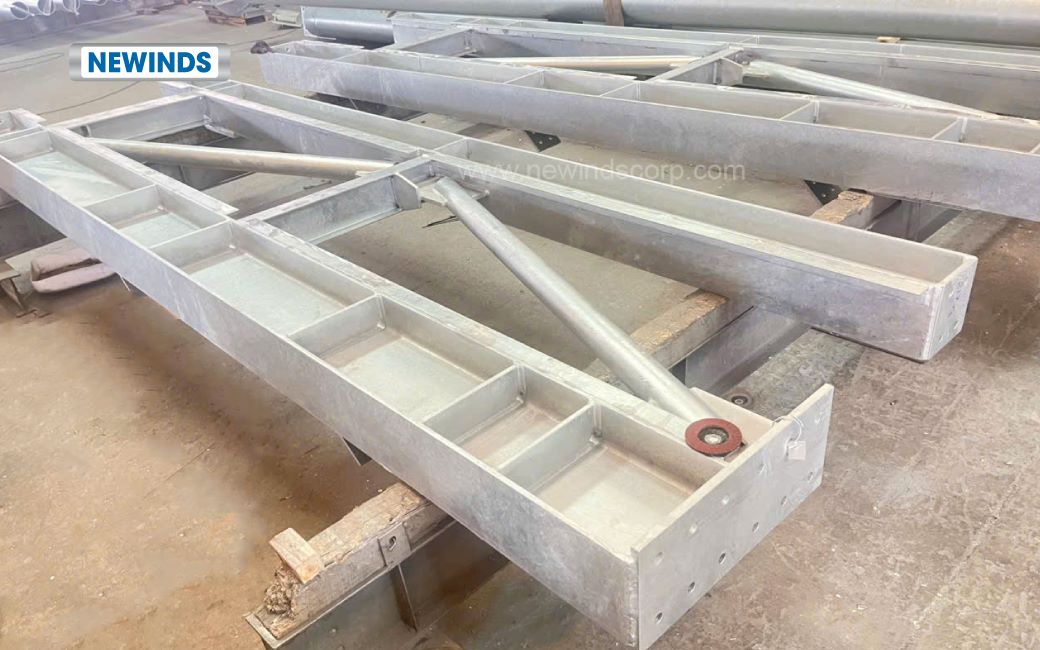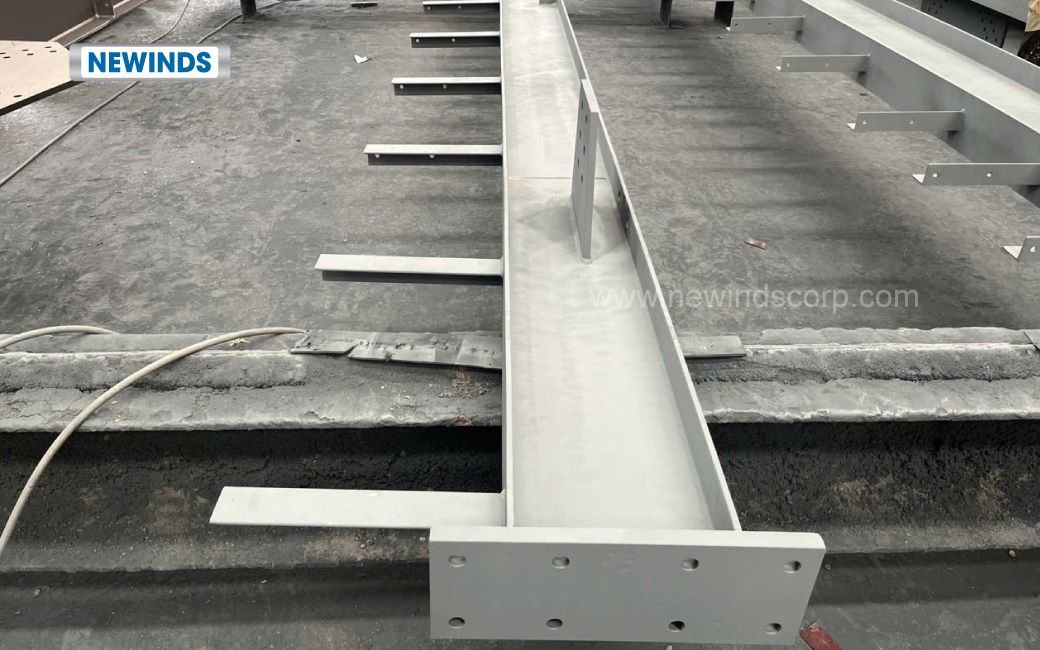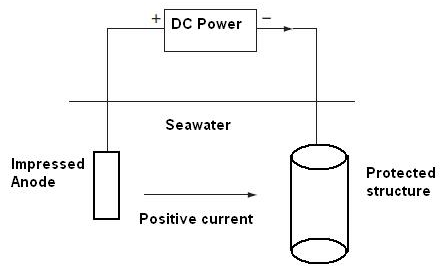Steel, when exposed to outdoor environments, is highly vulnerable to corrosion and rust due to direct contact with moisture, rain, airborne salt, and other environmental elements. Without appropriate corrosion protection for steel structures, their load-bearing capacity will be reduced, safety during steel structure erection will be compromised, and maintenance and repair costs will rise significantly. Therefore, selecting the right protection method is essential for every steel structure project.
MAIN CAUSES OF CORROSION IN STEEL STRUCTURES
Corrosion occurs when the surface of metal comes into contact with moisture, oxygen, salt, acid, or pollutants. This process is especially aggressive in coastal areas, industrial zones, and high-humidity regions particularly when surface treatment is not properly executed during steel structure fabrication.
CONSEQUENCES OF NOT APPLYING CORROSION PROTECTION
- Loss of structural strength: When steel components rust, they lose their load-bearing capacity, which can severely affect the integrity of the entire structure and shorten the project’s service life.
- Increased costs: Without pre-applied corrosion protection during steel structure fabrication or erection, frequent repainting or even full component replacement may be required during use, leading to higher maintenance and repair expenses.
- Aesthetic degradation: Corroded surfaces often show patchy reddish-brown stains, which make the project appear old and deteriorated even shortly after completion.
COMMON CORROSION PROTECTION SOLUTIONS FOR STEEL STRUCTURES
-
USING STAINLESS STEEL
When working on steel structure erection in environments such as coastal areas, marine zones, chemical facilities, healthcare projects, or high-humidity conditions, steel components are at a high risk of corrosion. Stainless steel should be prioritized for steel structure fabrication in such conditions. Common stainless steel grades include 304, 316, 201, 430, and 310/309.
Applications:
- Port structures, coastal railings, marine engine platforms
- Mooring equipment, outdoor bolts and anchor assemblies
- Steel doors, canopies, and railings on ships
Important Notes:
Always verify the material certification and origin to ensure stainless steel meets quality standards and complies with steel structure standards. Handle fabrication and installation carefully to avoid scratches on the stainless surface, which may initiate corrosion.
2. HOT-DIP GALVANIZING
This is a widely used corrosion protection for steel structures due to its high effectiveness and ability to protect both exterior and interior surfaces, such as inside hollow steel tubes. The zinc coating significantly enhances the lifespan of steel structures and steel buildings, typically lasting 30–50 years.
Best Practices:
Thoroughly clean the steel surface before galvanizing by removing oil, rust, and impurities to ensure strong and even adhesion of the zinc coating.
Check the coating thickness after application (generally ≥ 85 µm for outdoor use) to meet durability standards.
3. ANTI-CORROSION COATING (PROTECTIVE PAINTING)
This method offers flexible, aesthetic, and cost-effective corrosion protection for steel structures. It is especially suitable for large steel components that cannot undergo hot-dip galvanizing. Protective coating is typically used in less corrosive environments with limited exposure to water, chemicals, or salt.
Caution:
Avoid painting in humid, foggy weather or on wet surfaces, as this can reduce adhesion and lead to peeling or blistering over time.
CATHODIC PROTECTION (SACRIFICIAL ANODE)
This method is mainly used in steel structure erection projects exposed to seawater or acidic environments. A more reactive metal (such as zinc or magnesium) is attached to the steel component to “sacrifice” itself and prevent oxidation of the main steel surface.
Best Practices:
- Design the cathodic system based on electrochemical calculations to ensure effective placement of anodes and avoid local corrosion.
- Regularly inspect and replace anodes when they become significantly depleted to maintain ongoing protection.
Choosing the right corrosion protection for steel structures method not only ensures effective operation and cost savings, but also gives you peace of mind to focus on your business goals. Or more simply, work with a trusted structural steel fabricator who can help you resolve these challenges efficiently.
If you are looking for a trusted structural steel fabricator, we welcome the opportunity to discuss your needs.
Contact Newinds today to discuss your requirements
Email: sales@newindscorp.com
Phone/Whatsapp: +84 868 482 038
